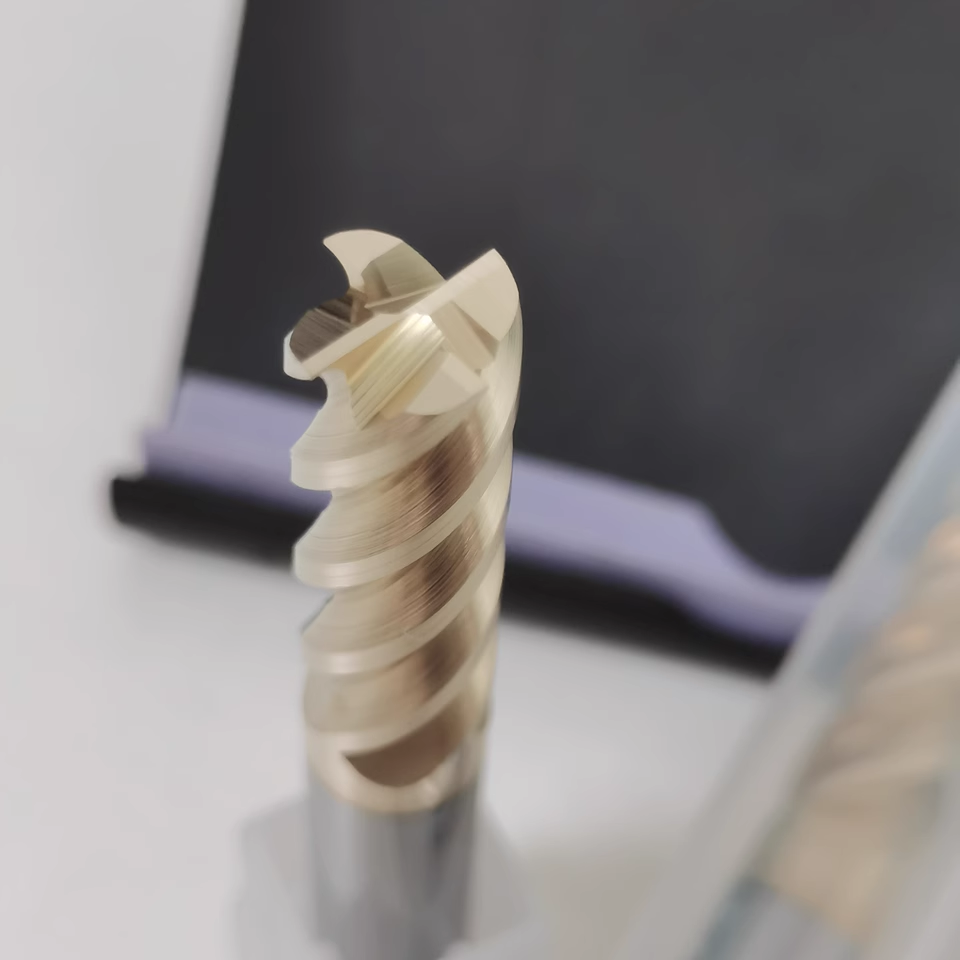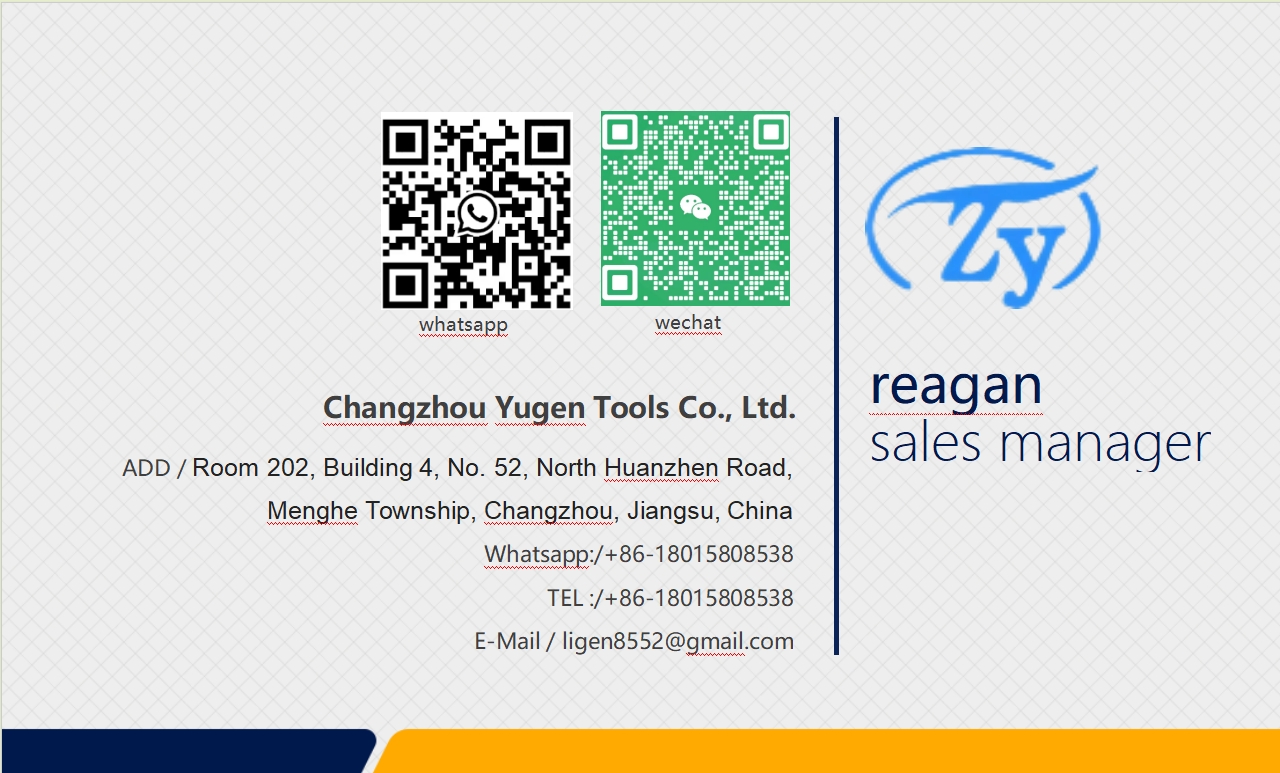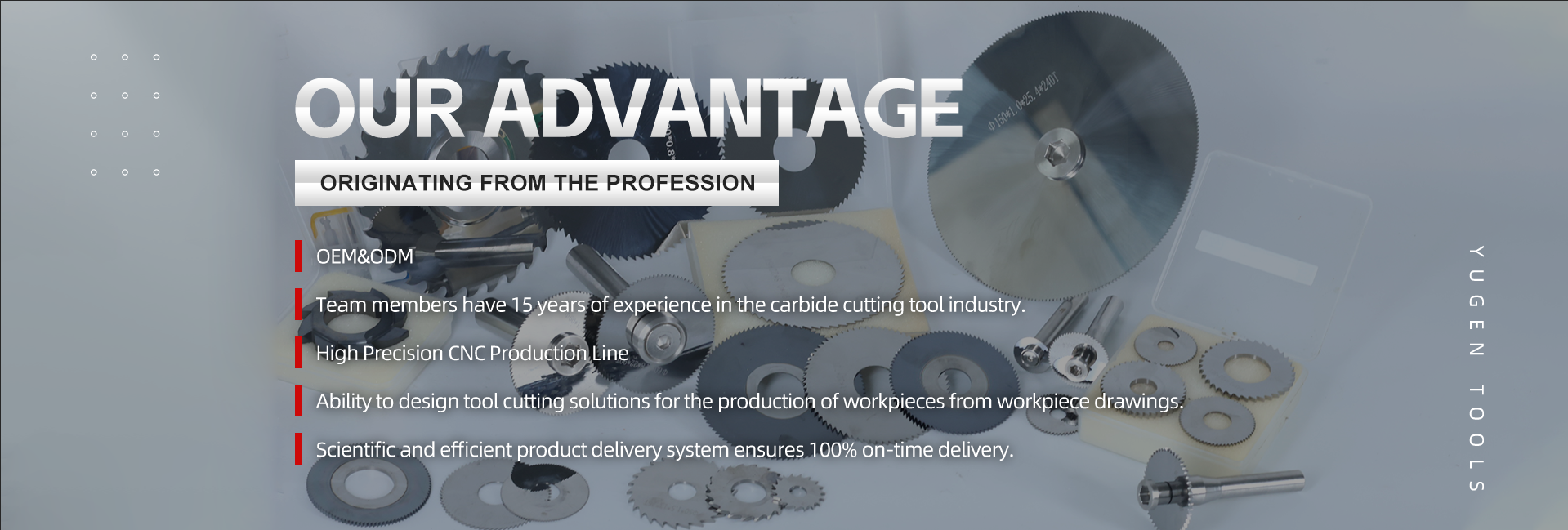Non Standard Milling Cutters Tackling Titanium Alloys/Superalloys: Unveiling Failure Mechanisms and Solutions
In cutting-edge sectors like aerospace and energy, titanium alloy machining and superalloy machining represent the pinnacle of material performance. However, their high strength, low thermal conductivity, high toughness, and work-hardening characteristics create a battlefield where cutting tools often fail prematurely. Standard milling cutters frequently prove inadequate. Non-standard milling cutters, leveraging their customization advantages, become essential tools for these challenging applications. Yet, a deep understanding of their failure mechanisms is crucial for enhancing machining efficiency and tool life.

1. Core Failure Mechanisms of Non-Standard Milling Cutters in Difficult-to-Machine Materials:
-
1.1 Severe Abrasive Wear:
-
Titanium Alloy Machining: High chemical reactivity causes titanium to readily adhere to the tool material. Detached titanium chips act as hard abrasive particles, continuously scratching the tool surface (especially the flank face).
-
Superalloy Machining: The material matrix contains numerous hard reinforcing phases like carbides, borides (e.g., γ’ phase), acting like countless miniature “grinding wheels” that cause rapid wear on the cutting edge.
-
-
1.2 Diffusion/Adhesion Wear and Cratering:
-
High-Temperature Effect: Both materials have poor thermal conductivity, concentrating cutting heat intensely in the cutting zone (temperatures can exceed 1000°C).
-
Titanium Alloy Machining: At high temperatures, titanium atoms easily diffuse into the tool material (especially carbide), weakening its structural integrity and causing severe material adhesion, leading to crater formation on the rake face.
-
Superalloy Machining: Elements like nickel and cobalt readily diffuse and chemically react with the tool material under high temperature and pressure, accelerating the loss of surface material.
-
-
1.3 Chipping and Micro-Cracking:
-
Mechanical Shock: The high strength and toughness of these materials generate enormous and fluctuating cutting forces. Non-standard cutters endure high-frequency impact loads during interrupted cutting (e.g., milling).
-
Thermal Shock/Fatigue: The cutting edge, subjected to extreme heat alternating with coolant (or air), experiences massive thermal stresses, readily initiating and propagating thermal cracks.
-
Material Properties: Titanium’s low elastic modulus causes workpiece “springback” under cutting forces, aggravating micro-chipping. Superalloys exhibit severe work hardening, where the hardened layer imposes additional impact on the edge.
-
-
1.4 Plastic Deformation:
-
High-Temperature Softening: When the cutting edge temperature exceeds the substrate material’s red hardness limit (especially for carbide), the edge zone undergoes plastic flow deformation. This destroys the sharp geometry and drastically reduces cutting capability.
-
2. Customization Solutions: The Power of Non-Standard Milling Cutters
Facing these harsh challenges, the true value of non-standard milling cutters lies in deep customization:
-
2.1 Substrate Material: Utilize ultrafine/coarse grain carbide, cermet, CBN, or even PCD to specifically enhance red hardness, wear resistance, and impact toughness.
-
2.2 Geometric Optimization: Meticulously design edge strength (negative land/hone), rake/clearance angles, helix angle, and chip groove geometry. This balances sharpness and strength, optimizes chip evacuation, and reduces cutting forces and vibration.
-
2.3 Advanced Coating Technology: Apply nano-composite coatings like AlTiN (high Al), TiAlSiN, or Diamond (DLC) to provide extreme hardness, ultra-low friction coefficients, superior oxidation resistance, and an effective diffusion barrier.
-
2.4 Integrated Cooling Solutions: Design internal coolant channels directed precisely to the cutting edge, ensuring high-pressure coolant effectively lowers cutting temperatures and aids chip removal.
Conclusion:



